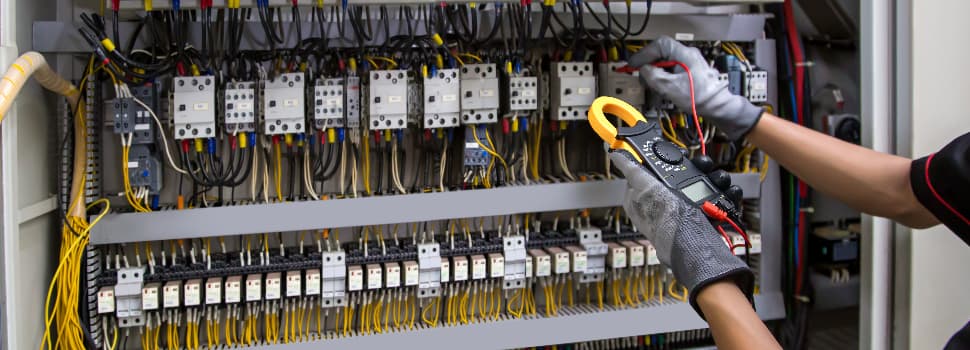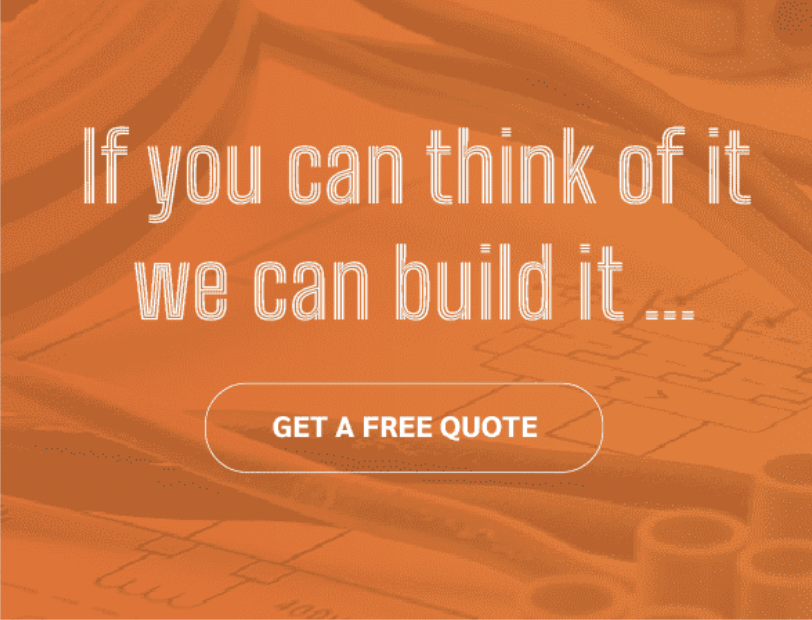
How modular designs can speed up maintenance and future upgrades
Scalability is a consistently evergreen priority for many of our customers here at Rubber Box. It’s one of the problems often associated with traditional fixed layouts, where even minor issues take time to resolve because your team may need to work around components that weren’t designed to be replaced or adapted quickly.
That’s where modular designs can help, essentially by breaking the system down into smaller, standardised units that can be swapped, upgraded, or reconfigured with far greater efficiency. This approach can give you a framework that’s built for adaptability, basically helping you deal with today’s maintenance needs while preparing for tomorrow’s demands. It can also give you more confidence in the resilience of your infrastructure, since the system is built with the expectation of change and replacement. There’s a variety of benefits to that, both in terms of scalability, and in a range of associated advantages too.
Here at Rubber Box, we have decades of experience providing scalable solutions in the form of our power distribution equipment, so it’s a topic our team are very well-versed in! So, here’s what you need to know.
Power distribution systems can cut downtime during maintenance
In a nutshell, building a system with modular components enables you to remove and replace parts without shutting down the entire network. For example, if one section of a switchboard needs attention, an engineer can isolate that unit and carry out the work while the rest of the system continues to function. This means your site can continue running with minimal interruption, which can be especially valuable if you need constant uptime to serve customers or maintain production schedules.
Faster turnaround times can also provide a variety of benefits for routine servicing – for example, engineers can arrive with spare modules already prepared, swap them into place, and complete the job without spending hours disassembling larger sections. This can make your maintenance schedules easier to plan and less disruptive to daily activities. And because that tends to make the work more straightforward, that can also reduce the risk of extended delays, giving you more predictable outcomes. Over time, this efficiency can notably improve the overall reliability of your site.
Individual components can make it simpler to install future upgrades
If you’re making plans for the growth of your business, modular design can give you the flexibility to scale. In other words, if you need extra capacity, you can add modules without redesigning the entire system. For instance, when demand increases or new equipment comes online, you can expand your distribution capacity by integrating additional modules into the existing framework.
Compatibility is another major advantage. Standardised components allow you to upgrade to the latest technology without replacing everything you already own. If, say, an improved breaker design becomes available, you can integrate it with your current setup rather than re-engineering the whole system. This can ensure your power infrastructure stays modern and efficient, supporting your business goals without forcing you into expensive and time-consuming rebuilds. It can also help you introduce sustainable technologies more easily, since modules that prioritise energy efficiency or lower emissions can be introduced into the framework with minimal disruption.
Flexible layouts can lower long-term costs
Every business looks for ways to reduce operational expenses, and modular distribution can directly support that aim. The ability to replace a single component rather than a whole assembly can help you save on parts, labour, and downtime. And since you can manage issues more quickly and at a smaller scale, that saves you from facing the same scale of costs that can come with full system repairs or replacements. Over the years, those savings can add up to a significant difference in your overall budget, giving you more room to allocate funds where they’re most needed.
The predictability of modular systems can also help you manage expenditure more effectively. Planned upgrades or scheduled maintenance can become easier to forecast, so you can allocate resources with more accuracy. Instead of being surprised by large, unexpected costs when a fault occurs, you can benefit from smaller, more manageable expenses. This can give your financial planning more stability, letting you use those funds for more growth, or other areas of your operation.
Design strategies can maximise safety and compliance
Safety is always going to be one of the overriding principles of electrical distribution, and modular systems can sometimes make it easier to maintain ever-higher standards. For example, making a clear separation between units can make it easier for your engineers to isolate live sections of your system, which in turn can reduce the risks associated with maintenance and upgrade work. Your teams can benefit from a safer working environment, and your business can maintain trust in the integrity of its infrastructure. The structured approach also means that if ever an incident occurs, you can act more decisively to contain and address the issue, as each unit is designed to function independently.
Compliance can also be easier to manage when you work with modular layouts. Essentially, since the components involved are standardised, they can be built to meet recognised regulations. Upgrades can be carried out using certified modules that already align with industry standards, which can then reduce the administrative burden of proving compliance each time you make a change. This structured approach to design can protect your team, while ensuring the system remains compliant with industry standards. It can also simplify your audits, since modular layouts provide clearer evidence of conformity, making it easier for inspectors to confirm compliance during routine checks.
Those are just a couple of the main reasons – you may well find that there are plenty more to enjoy, potentially even specific to your business or industry! And of course, if you ever need any replacement rubber boxes, or additional ones, that’s exactly where we can help here at Rubber Box. You can get started now on exploring some of our products – like our 32A power supply distros – or if you know what you want already, you can always request a quote now! We’re always happy to provide guidance you might need, so if you’re looking for a quick word of advice just give us a call on 01282 677 910.





